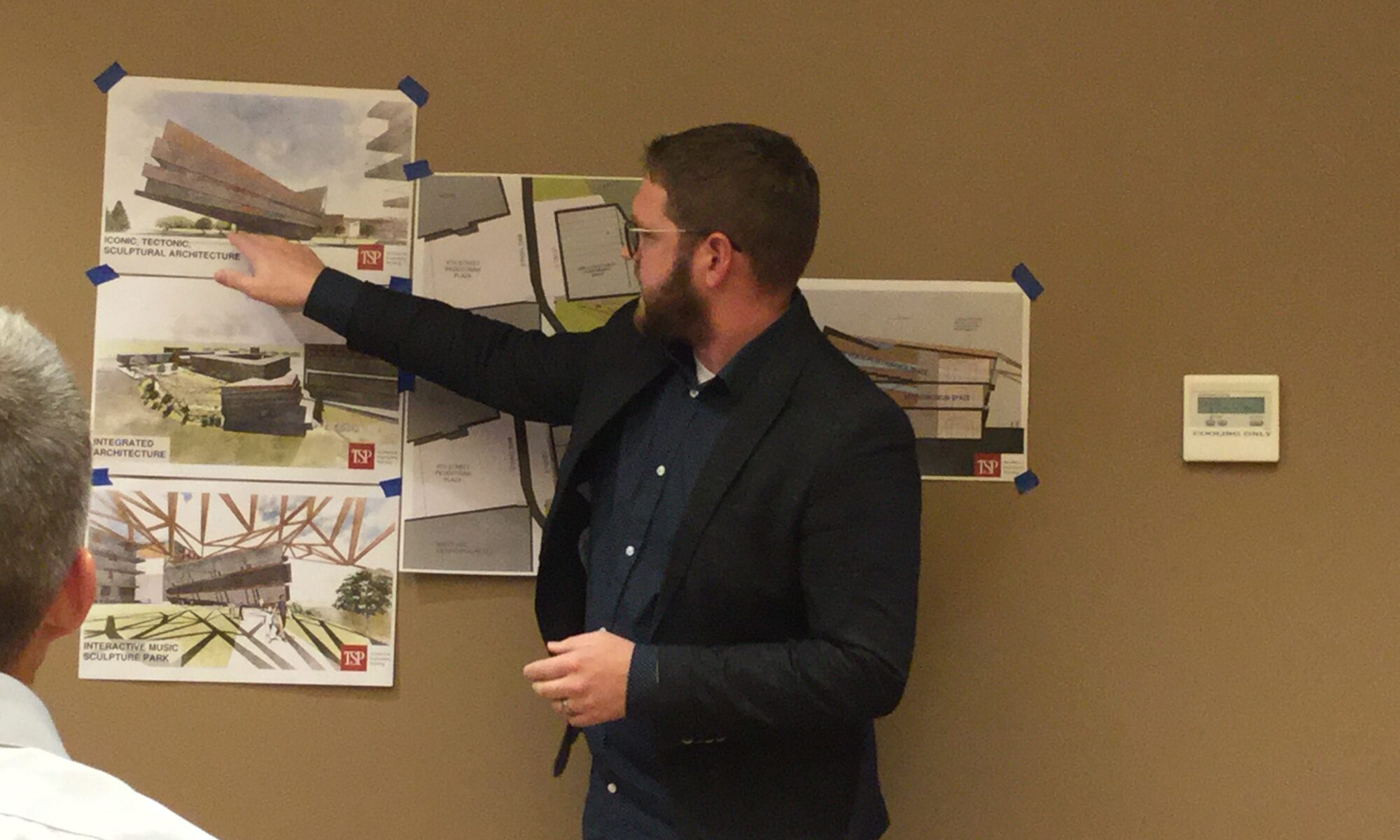While still not really a common request by clients in our state and region, design competitions are nonetheless become more prevalent. In recent years, some competitions have been more controversial than others, with such controversy focusing more or less on how they compensate (or rather, didn’t compensate) those competing.
With that said, I will cover a few quick recommendations of my own, but I think it is important for owners and architects alike to realize there are already guidelines or best practices for design competitions published by the AIA. Most of these align generally with my recommendations, but I’d argue they aren’t extremely accessible; 60 plus pages may be a bit of stretch for Owner expectations. A synopsis is provided at the front of the manual, though it takes a leap of faith to dive into the guidelines.
But I digress. Here are my basics for design competition:
- Select designers to participate.
- Don’t open the competition to anyone and everyone. This obviously has strong tie in with my next point, but also helps the sponsor know they will gather competition participation. This selection process, however, should not necessarily be another competition, essentially to make it from one round to the next. If the owner asks a firm or design team to participate, they clearly have some level of trust with that group, and recognize any participant could execute the project well, but that should be proven through reputation and past experience in lieu of additional competitive measures.
- Don’t open the competition to anyone and everyone. This obviously has strong tie in with my next point, but also helps the sponsor know they will gather competition participation. This selection process, however, should not necessarily be another competition, essentially to make it from one round to the next. If the owner asks a firm or design team to participate, they clearly have some level of trust with that group, and recognize any participant could execute the project well, but that should be proven through reputation and past experience in lieu of additional competitive measures.
- Provide stipends or rewards for all participants.
- This is one in general alignment with the AIA. It’s not about participation trophies, but in hand with my first point above, its a recognition that any of the participants would provide value. Sure, architects do free work all the time, sometimes as a courtesy, sometimes as policy (pro-bono), sometimes to get a project started (before a contract is in place). Never should we be providing an essential part of our process, however, for free, unless within the guidelines for pro-bono (under the definition of those clients demonstrating some sort of special need). More on this in the next bullet, but generally the goal of a design competition is not necessarily “we want the best” but rather owners/sponsors are looking to see every participant’s different ideas in hopes to pick the “best” one yet (possibly) incorporate good ideas from the other proposals. Even if the ideas from the winning firm were not, great, per-se, it still is beneficial for the owner or sponsor to have seen a so called “bad” idea worked out so they know to avoid that pathway in the rest of the design process. It is still of value, and is essentially unethical to not compensate participants for that provided value.
- This is one in general alignment with the AIA. It’s not about participation trophies, but in hand with my first point above, its a recognition that any of the participants would provide value. Sure, architects do free work all the time, sometimes as a courtesy, sometimes as policy (pro-bono), sometimes to get a project started (before a contract is in place). Never should we be providing an essential part of our process, however, for free, unless within the guidelines for pro-bono (under the definition of those clients demonstrating some sort of special need). More on this in the next bullet, but generally the goal of a design competition is not necessarily “we want the best” but rather owners/sponsors are looking to see every participant’s different ideas in hopes to pick the “best” one yet (possibly) incorporate good ideas from the other proposals. Even if the ideas from the winning firm were not, great, per-se, it still is beneficial for the owner or sponsor to have seen a so called “bad” idea worked out so they know to avoid that pathway in the rest of the design process. It is still of value, and is essentially unethical to not compensate participants for that provided value.
- Provide clear guidelines of scope and deliverables.
- Working with someone knowledgeable about the design process, owners or sponsors should define exactly how far the design competition will tread into the design process. Will it be to a full schematic design level, or is it really some pre-design effort with a few splashy visuals? Again, this is best ascertained in regard to what level of detail the owner would like to extract from each of the participants (whom, to reiterate, they should be paying in some way).
- Working with someone knowledgeable about the design process, owners or sponsors should define exactly how far the design competition will tread into the design process. Will it be to a full schematic design level, or is it really some pre-design effort with a few splashy visuals? Again, this is best ascertained in regard to what level of detail the owner would like to extract from each of the participants (whom, to reiterate, they should be paying in some way).
- Establish and follow the rules.
- We’ve participated in design competitions in the past that turned out not to be competitions in design at all; rather they were competitions in business venture or behind the scenes promises to developers to help them lease a prospective building. Owners ruin their chances of future competition endeavors when they establish arbitrary rules and then ignore them in the end. Worse, they risk a reputation of “shadiness” and distrust that will prevent future good designers from wanting to work with them (and similar word-of-mouth discussions among interested parties, who perhaps share membership in a certain professional organization).
- We’ve participated in design competitions in the past that turned out not to be competitions in design at all; rather they were competitions in business venture or behind the scenes promises to developers to help them lease a prospective building. Owners ruin their chances of future competition endeavors when they establish arbitrary rules and then ignore them in the end. Worse, they risk a reputation of “shadiness” and distrust that will prevent future good designers from wanting to work with them (and similar word-of-mouth discussions among interested parties, who perhaps share membership in a certain professional organization).
- Allow meetings between owner and architect as part of the competition.
- This is probably the most self serving, as it relates specifically to my own firm’s design process. TSP’s is a highly participatory one, all about owner investment and buy-in, having the owner making decisions on the project right along with the architect. We act as the owner’s agent to help guide them to the best solution for THEM, not for us, not for Joe down the street. Thus, it makes it difficult to design in a vacuum, with no owner feedback and not being able to understand their needs. And this is beyond just a detailed program or list of requirements. I can much more quickly understand what a client is after with a conversation or in-person meeting vs. a written narrative or list of spaces needed.
I think the implications are clear, but for those who want to know more, the AIA has it detailed (extensively) at the document below.

Chase Kramer, AIA, is the Director of Design for TSP Inc. in Sioux Falls. He received his M.Arch from ISU where he focused on urban design and sustainability. Before that, he received a degree in Art from Augustana University. He lives in Sioux Falls with his wife and four children. Beyond Architecture, he is an AI early adopter, musician, art lover, and fan of cheese and beer.


